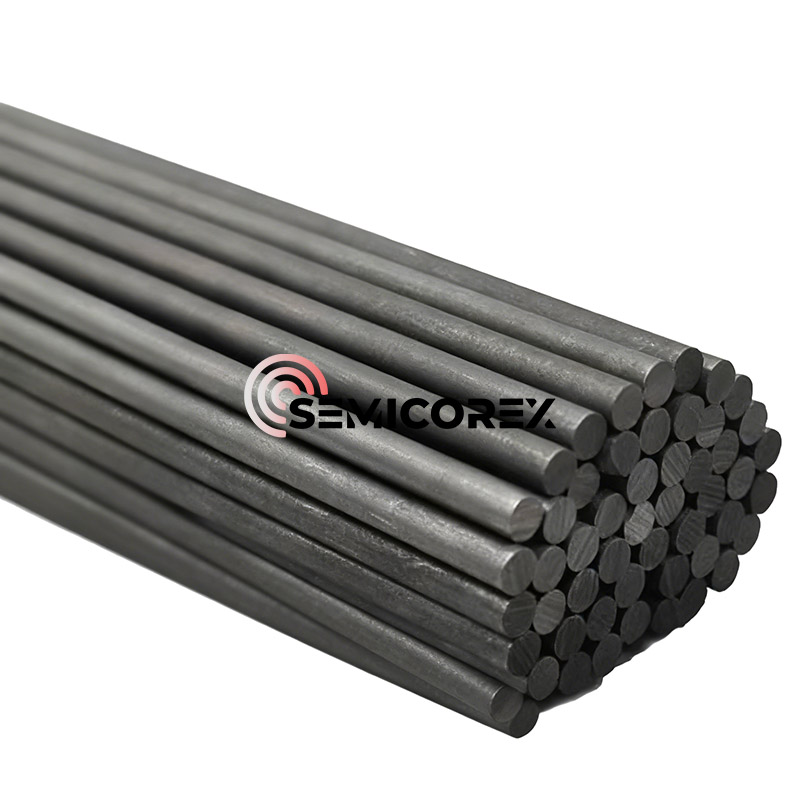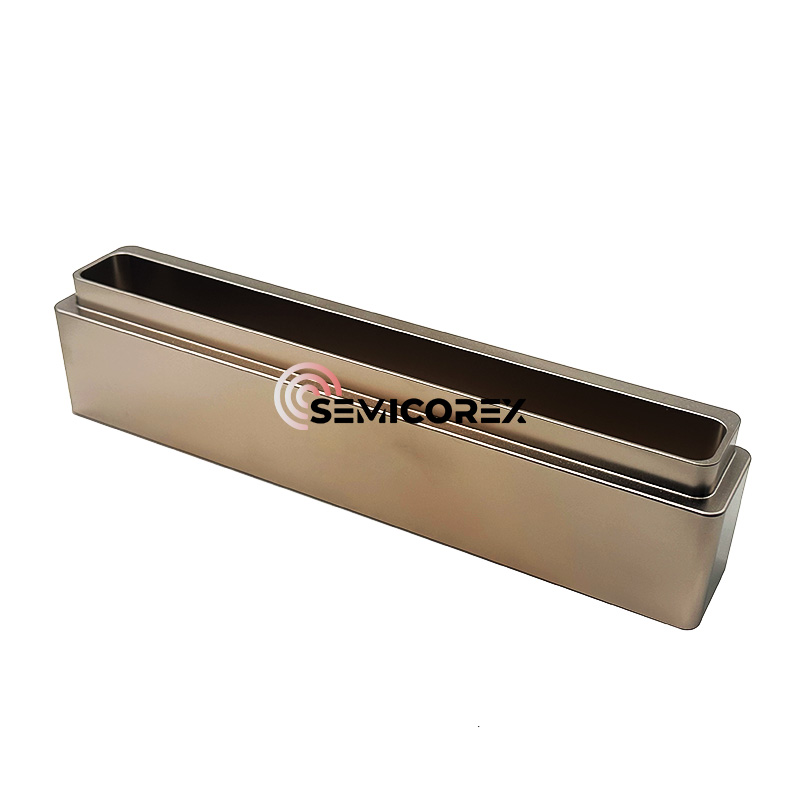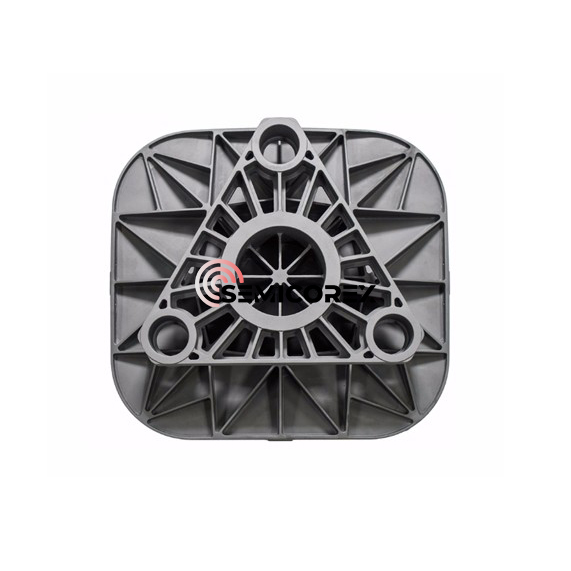
- English
- Español
- Português
- русский
- Français
- 日本語
- Deutsch
- tiếng Việt
- Italiano
- Nederlands
- ภาษาไทย
- Polski
- 한국어
- Svenska
- magyar
- Malay
- বাংলা ভাষার
- Dansk
- Suomi
- हिन्दी
- Pilipino
- Türkçe
- Gaeilge
- العربية
- Indonesia
- Norsk
- تمل
- český
- ελληνικά
- український
- Javanese
- فارسی
- தமிழ்
- తెలుగు
- नेपाली
- Burmese
- български
- ລາວ
- Latine
- Қазақша
- Euskal
- Azərbaycan
- Slovenský jazyk
- Македонски
- Lietuvos
- Eesti Keel
- Română
- Slovenski
- मराठी
- Srpski језик
Silicon Electrodes
Semicorex Silicon electrodes are high-performance components that combine efficient electrical conduction with precise gas distribution capabilities. Choosing Semicorex means partnering with a trusted expert who delivers superior quality, advanced manufacturing techniques, and reliable, customizable silicon electrode solutions tailored to your specific needs.*
Send Inquiry
Semicorex Silicon electrodes represent a cutting-edge technology that integrates high-performance electrode functionality with efficient gas distribution capabilities. Engineered from high-purity silicon material, these electrodes offer exceptional electrical conductivity, chemical stability, and precise structural design, making them ideal for a broad range of industrial and scientific applications.
Silicon electrodes are essentially electrical conductors and are utilized in electrochemical processes. Because silicon has semiconducting properties, it allows for improved electrical characteristics to be customized for the operating environment. Also, silicon electrodes offer improved resistance to corrosion and degradation compared to traditional metal electrodes ensuring a longer life expectancy and stable performance in challenging chemical environments. For instance, electrolysis, batteries, fuel cells, and sensors benefit from silicons long life expectancy and good chemical resistance under conditions where stability in electrical conductivity is necessary.
In addition to being electrodes, silicon electrodes are further designed to operate as gas distributors. Microstructured silicon surfaces, e.g. porous silicon, can provide uniform gas distribution across a surface with otherwise non-uniform gas flow, thus benefitting gas-liquid or gas-solid processes. To improve the efficiency of chemical reactions and stabilize existing interactions, silicon electrodes can accommodate both electrical conduction and gas diffusion. For instance, when operating a fuel cell, the reaction rates depend on how uniformly the electrochemical gases/hydrogen, oxygen and or other species are distributed across the anode and cathode electrode surfaces. If the gas flow across either conductor is distributed evenly, it will ensure that hot spots do not develop or concentration gradients consumed and/or produced are distal from the electrode surfaces.
The method of manufacture for silicon electrodes incorporates many different microfabrication techniques, such as precision etching and doped layer creation, as well as surface coating. This creates tightly controlled pore sizes and surface morphologies that were defined for application specific needs. Surface treatments can also be added to the wide variety of silicon electrode styles in order to modify their catalytic activity or gas permeability, or create a complete unique configuration.
Silicon electrodes have the added advantages of being compatible with various device architectures and operating environments. Its mechanical properties are robust against certain compromises (to an extent), but if you move these electrodes outside of an electrochemical cell application, they can be implemented into has sensor or catalytic reactions without compromising their performance. There's trade-offs with any technologies, but silicon being one of the most abundant materials on the planet, and the well-understood methods of fabrication, this makes for a very affordable material, when compared to other exotic materials and as a viable commercial technology.
Semicorex Silicon electrodes represent a sophisticated combination of electrical connection and gas distribution reliability for industries requiring arduous applications. Their unique material properties and engineered designs allow for better performance in electrochemical cells, gas sensors, and catalytic reactors. As industries seek energy-efficient durable components, silicon electrodes will likely represent a budding technology for electrochemical systems and gas management components of tomorrow.







